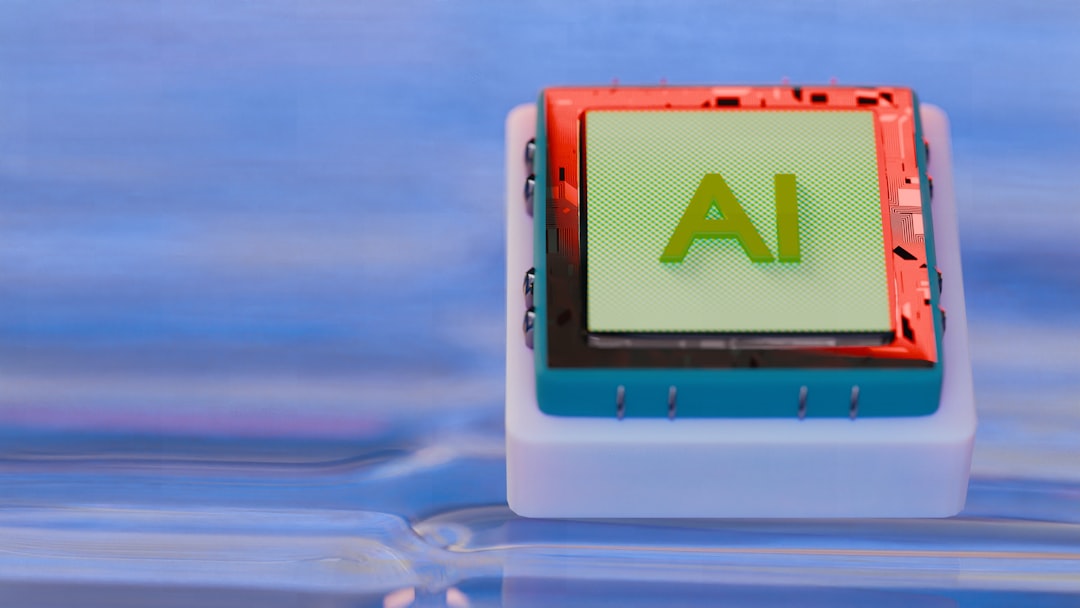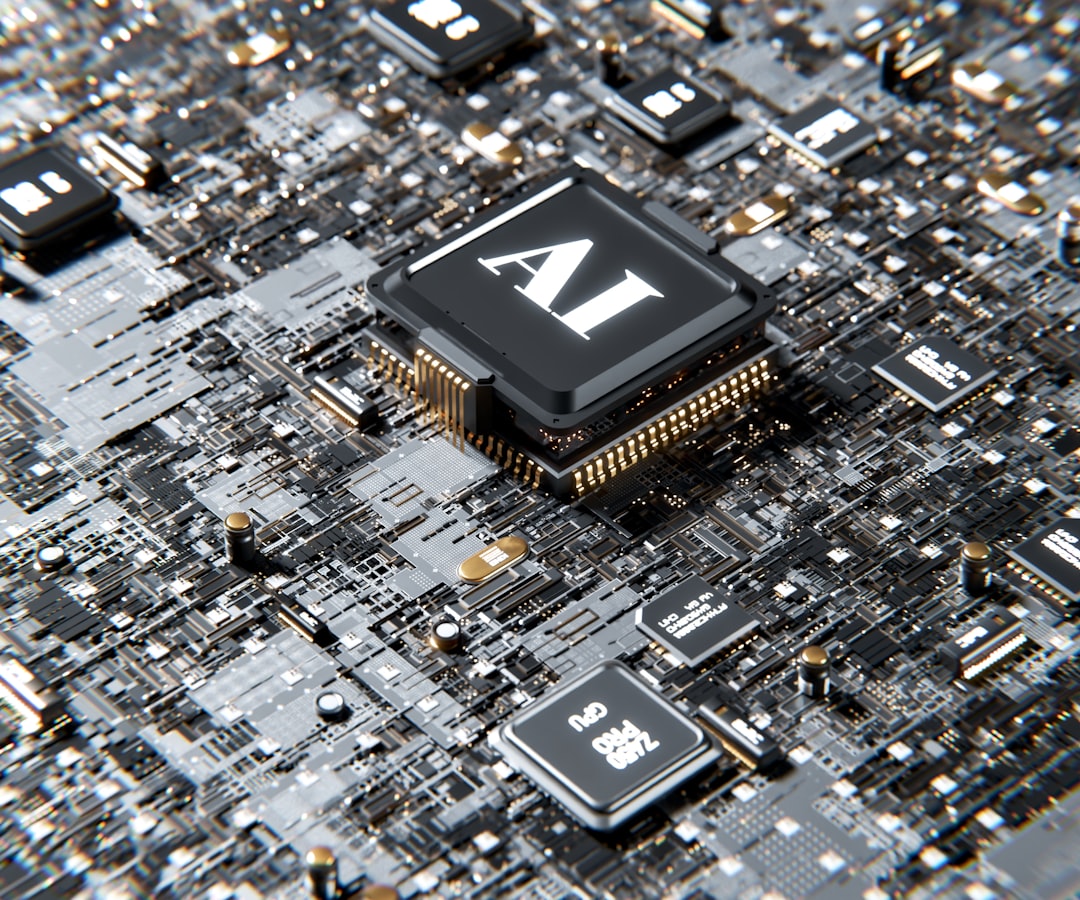NextGenBeing Founder

Listen to Article
Loading...Introduction to Smart Grid Technology
Smart grid technology has revolutionized the way we manage and distribute energy. With the increasing demand for renewable energy sources, it's essential to optimize their performance and efficiency. In this article, we'll delve into the world of smart grid technology and explore two prominent protocols: OpenADR 2.0 and IEC 61850.
The Problem: Inefficient Energy Distribution
Traditional energy distribution systems are often inefficient, leading to energy waste and reduced grid stability. The integration of renewable energy sources, such as solar and wind power, has created new challenges for grid operators. To address these issues, smart grid technology has emerged as a solution.
OpenADR 2.0: A Demand Response Protocol
OpenADR 2.
Unlock Premium Content
You've read 30% of this article
What's in the full article
- Complete step-by-step implementation guide
- Working code examples you can copy-paste
- Advanced techniques and pro tips
- Common mistakes to avoid
- Real-world examples and metrics
Don't have an account? Start your free trial
Join 10,000+ developers who love our premium content
Never Miss an Article
Get our best content delivered to your inbox weekly. No spam, unsubscribe anytime.
Comments (0)
Please log in to leave a comment.
Log InRelated Articles

Deploying and Managing Cloud-Native Applications with HashiCorp Nomad 1.6 and Consul 1.15
Oct 27, 2025

Building an Event-Driven Architecture with Pulsar, Apache Flink, and Java 21: A Deep Dive into Real-Time Data Processing
Nov 6, 2025

Building Scalable Web Applications with WebAssembly and Haskell: A Practical Introduction to GHCJS 9.4 and WebKitGTK 4.12
Oct 27, 2025
🔥 Trending Now
Trending Now
The most viewed posts this week
📚 More Like This
Related Articles
Explore related content in the same category and topics

Diffusion Models vs Generative Adversarial Networks: A Comparative Analysis

Implementing Zero Trust Architecture with OAuth 2.1 and OpenID Connect 1.1: A Practical Guide

Implementing Authentication, Authorization, and Validation in Laravel 9 APIs


